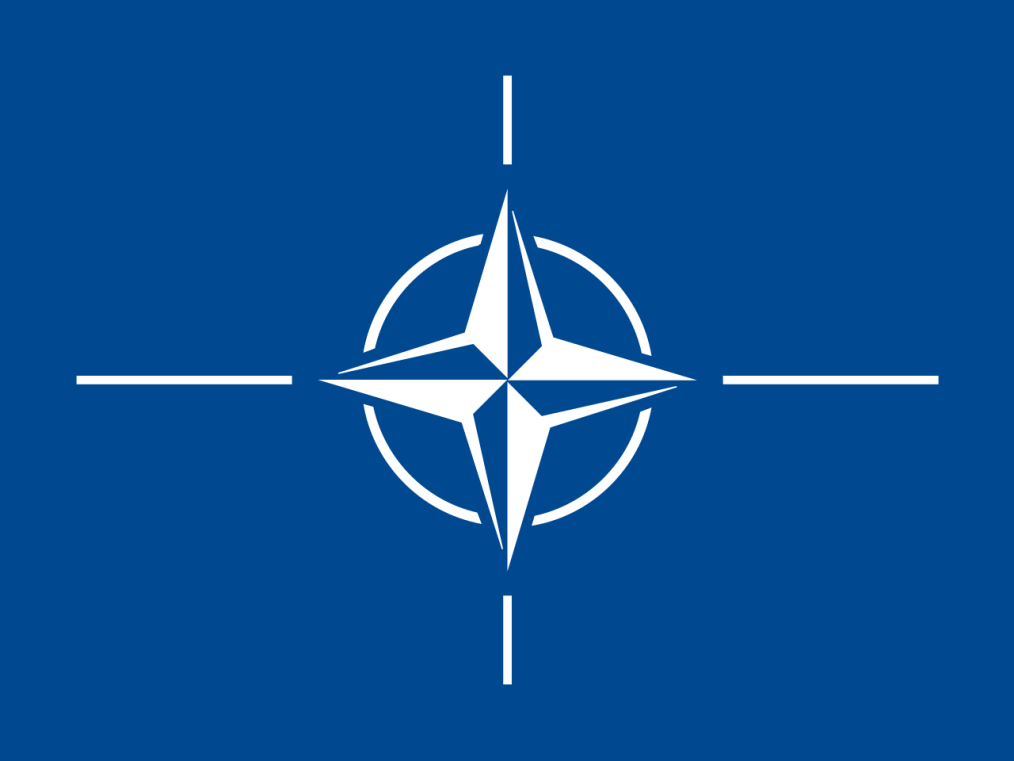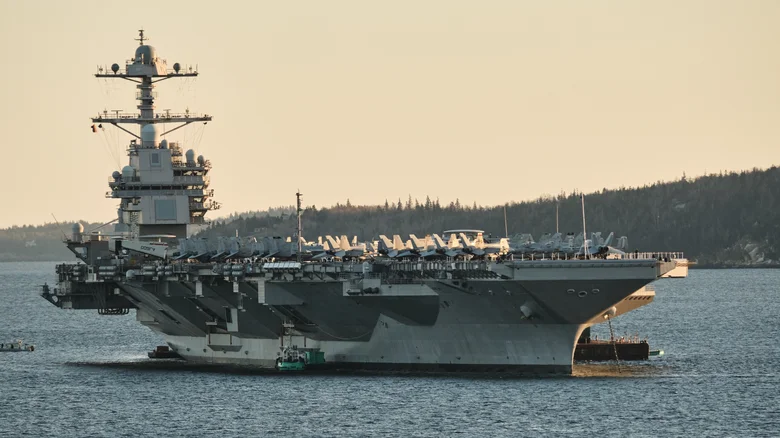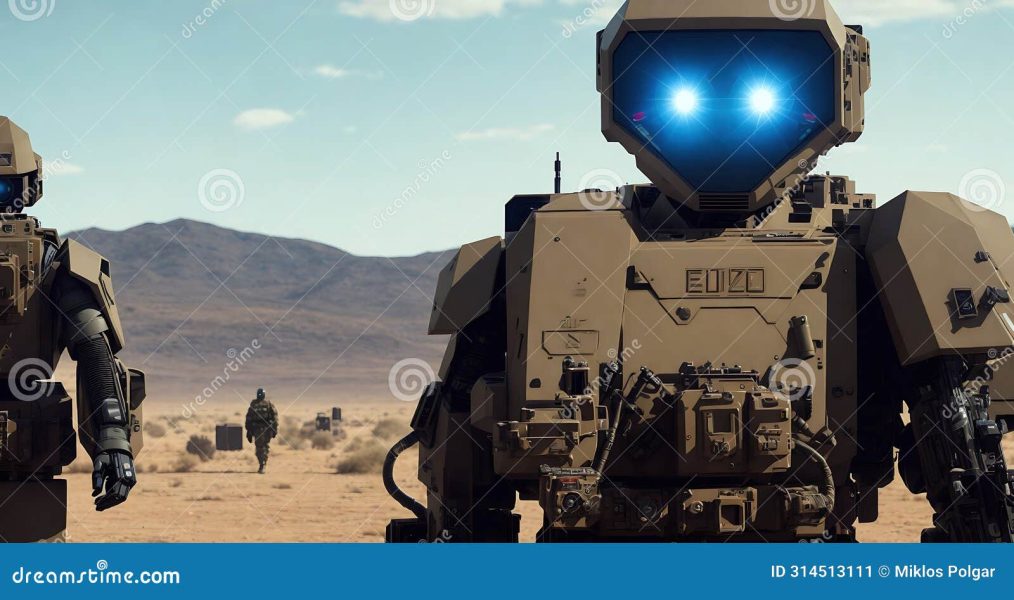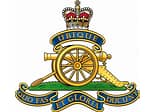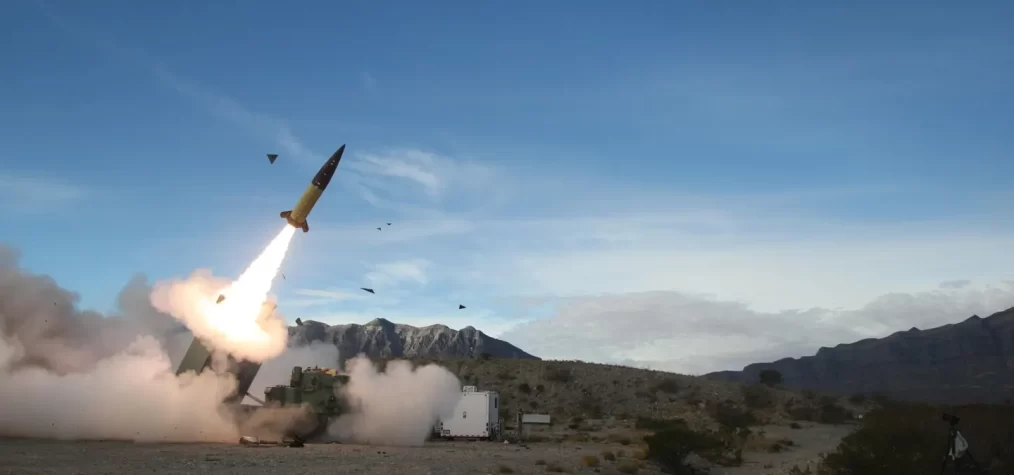NATO is preparing to transport 800,000 soldiers and 200,000 armoured vehicles to the border with Russia in the event of full scale war. The publication Der Spiegel just reported this after gaining access to secret military documents. Russia, North Korea, Iran, and China, have contingency plans just like this one. But moving that many troops would be a massive undertaking unlike anything we’ve seen in recent history. How does NATO plan to achieve that goal? What challenges are there to deploying that many soldiers across the world? And what are some of the strengths and weaknesses of a collective defence alliance?
Australia has upgraded its travel warning for the UK in response to widespread protests and riots, instructing travellers to exercise a high degree of caution.
Protests in the UK have erupted following the murder of three young girls—Bebe King, 6, Elsie Dot Standcombe, 7, and Alice DaSilva Aguiar, 9—at a dance event in England on July 29. The incident also left several other people injured. The suspect, 17-year-old Axel Rudakubana, was born to Muslim migrant parents, intensifying existing tensions surrounding the UK’s migrant program.
Many in the UK are expressing significant frustration over the high number of Muslims being allowed into the country, the crimes committed, and the perceived lack of assimilation. This has brought the issue of immigration and its impacts to the forefront of public discourse.
Australia’s Smart Traveller website now advises travellers to the UK to exercise a “high degree of caution” in areas where protests and riots are ongoing. Additionally, the site notes that the terrorism threat level for Northern Ireland has been reduced from severe to substantial, indicating that an attack is still likely.
Contributing factors to the threat include Islamic extremism, extreme right-wing ideology, and the status of Northern Ireland. Supporters of the protests have accused British leaders of double standards. Heritage Party Leader David Kurten labelled the approach as “two-tier policing.”
“People are on the streets to protest about the rise in violent crime from migrant communities,” Kurten stated on X (formerly Twitter). “This situation is a direct result of decades of mass rapid immigration imposed on ordinary working people in towns and cities across the country by successive governments. Now, this unrest is spreading everywhere—to every town, every city, every village in the UK.”
Kurten encouraged peaceful protest while condemning violence and looting. He claimed that police have been harsh on anti-migration protesters, whereas those protesting other causes have faced less severe responses.
Australia’s updated travel warning comes just days after the warning level for terror attacks on Australian soil was increased to “probable” amid concerns about youth radicalisation and hybrid ideologies.
SLASHGEAR – BY C. GORDONAUG. 6, 2024
It’s rare that you’re ever looking down at the flight deck of an aircraft carrier, unless you’re standing on one or a pilot landing. The rest of us are usually staring up at awe at the carrier’s towering flight deck, wondering how high it is, among other things. The great height isn’t simply there for the sake of being imposing, but helps facilitate seamless take-offs and landings, and protects the ship and its personnel from dangerous waves while in open water.
The vertical distance between the surface of the water and the flight deck is called freeboard, and depending on the carrier itself, and the aircraft carrier load, can be around 65 feet above the water. The height is crucial to the flight deck’s safety and helps the carrier exist above the chaos of any passing storm, so planes and can continue take off and land with relative safety no matter the conditions.
Other carrier flooding safety features, and swim call
Since aircraft carriers are essentially floating airbases that can speedily circumnavigate the globe without refuelling, multiple aspects of their design are intended to offset the swell of the ocean. The flightdeck is rife with drains and gutters to funnel large quantities of water trying to cause trouble on deck away from the surface, and the design of the hull helps to mitigate the power of oncoming waves, with a protruding bulb below the waterline that modulates potential wave drag, ultimately increasing speed and stability.
Of course, safety features aside, one can’t help wondering what it would be like to go swimming off an aircraft carrier’s lofty flight deck. It’s clearly not a vertical distance you’d want to jump, but there are hangar bay elevators in case you do dive into the water. There’s even a tradition for that, named swim call.
Swim call is Navy tradition in which personnel on numerous types of vessels, including submarines, amphibious command ships, and yes, aircraft carriers, jump into the water for a little portside R&R. In the case of carriers, sailors ride the elevators down about 30 feet or further to a much more manageable height to jump, though they’re still advised the use good form on the way down to prevent injury.
It’s been a tradition in the U.S Navy since World War II but appears to date back to the 19th-century British Royal Navy when seemingly filthy sailors were ordered to get into the water to keep clean, known at the time as “All Hands to Bathe.” We suspect, that was probably not as much fun.
Krakow Post – Julita Wójcik
Russia is currently embroiled in fierce battles against Ukrainian forces that have penetrated the Kursk region, marking one of the largest incursions since the war began in February 2022. This significant escalation has led to intense fighting, with Russia reporting the destruction of 50 armoured vehicles, including tanks and personnel carriers. The conflict is heavily concentrated around the border town of Sudzha.
The Kursk region holds substantial strategic importance in the ongoing war. Sudzha, the focal point of the current battles, is the last operational trans-shipping point for Russian gas exports to Europe via Ukraine. Additionally, the region is home to a significant nuclear power station, making it a critical area for both nations. Control over this region is seen as vital for gaining a stronger bargaining position in any potential future peace talks.
The incursion and subsequent battles have had severe repercussions for civilians in the region. A Ukrainian attack drone struck an ambulance, resulting in the deaths of both the driver and a paramedic. Furthermore, Ukrainian shelling set ablaze a cathedral and several other buildings, though fortunately, no injuries were reported from these incidents. In response to the escalating conflict, medical institutions in the Kursk region are replenishing blood supplies to manage the increasing number of casualties.
While Ukraine asserts that “Russia does not control the border,” Russia maintains that it is actively battling against the Ukrainian incursion. The situation remains highly volatile, with both sides vying for control and attempting to leverage their positions for future negotiations.
Experts warn that AI-powered weapons are emerging as a significant global security hazard, particularly in the hands of the Chinese Communist Party (CCP). The CCP aims to surpass the United States militarily and is unlikely to heed safeguards for lethal AI technologies, which could exacerbate negative human tendencies.
The development of AI-powered autonomous weapons is advancing rapidly, including drones, tanks, and humanoid robots. Alexander De Ridder, an AI developer, notes that while these machines can’t yet replace humans, their capabilities are quickly improving. Once reliable, China is expected to mass-produce these robots for various uses, including military applications.
Nations are developing AI systems to assist and coordinate battlefield decisions, essentially acting as electronic generals. The People’s Liberation Army and the U.S. military are actively researching this technology, which can process vast amounts of data quickly to make informed decisions.
AI weapons are already redefining warfare, making the world more volatile. Bradley Thayer from the Centre for Security Policy highlights that AI targeting systems could neutralize the U.S. nuclear triad, potentially allowing adversaries to escalate conflicts without nuclear weapons. This destabilization could lead to pre-emptive strikes, a concept known as “damage limitation.”
Controlling AI weapon proliferation is challenging since AI is just software that can be easily distributed. The CCP could supply autonomous weapons to terrorist groups, indirectly fuelling conflicts. Historical ties, such as those between the CCP and Iranian weapons programs, illustrate this risk.
Experts agree that the proliferation and use of AI weapons could lead to a highly destabilized and dangerous global security environment.
A funeral for the late Robert Cunningham will be held at the Lakeside Chapel, Albany Creek Memorial Park, 400 Albany Creek Road, Bridgeman Downs, on Monday 12 August, 2024 at 10.55am. The service will be livestreamed and may be viewed via the link below.
https://view.oneroomstreaming.com/index.php?data=MTcyMjkzNzkyODE0MTAxMjAmb25
lcm9vbS1lbWFpbCZpbnZpdGF0aW9uX2NvcHlfbGluaw==
Kind regards
Peter Bruce, OAM
Obituary Resource Officer
RAAHC
pjbruce8@bigpond.net.au
AUSMIN – Cheryl Wakely
The “unbreakable alliance” between the United States and Australia is strengthening with a series of joint initiatives announced today. These initiatives include the establishment of new “operating locations,” increased troop rotations, and the formalization of plans to coproduce two key long-range missile systems.
“These efforts will help ensure that we have the capability and the capacity that we’ll need for decades to come,” US Defence Secretary Lloyd Austin stated at a press conference for the 34th Australia-US Ministerial Consultations (AUSMIN). He was joined by Australian Defence Minister Richard Marles, US Secretary of State Antony Blinken, and Australian Foreign Minister Penny Wong. “The United States, Australia, and our other friends in the region are operating more closely and more capably than ever before,” Austin added.
Austin emphasized that Washington and Canberra are intensifying their defence industrial cooperation, aiming to finalize two memorandums of understanding by December. The first memorandum will formalize the plan to manufacture Guided Multiple Launch Rocket Systems (GMRLS) in Australia by 2025, an initiative first agreed upon in 2023. The second memorandum will advance the “co-production, co-sustainment, and co-development” of the Precision Guided Strike missile (PrSM). Officials will establish a “joint programs office” in Huntsville, Alabama, to oversee the PrSM project.
“We have seen groundbreaking discussions today regarding much greater collaboration between our defence industry bases, particularly in the manufacture of guided weapons in Australia,” Marles said.
A senior US defence official disclosed that the two sides are collaborating on cutting-edge hypersonic technologies through the joint Southern Cross Integrated Flight Research Experiment (SCIFiRE) initiative, noting significant progress in design and ground testing. Marles also mentioned plans for a memorandum of understanding between the US Defence Innovation Unit and Australia’s Advanced Strategic Capabilities Accelerator.
In Australia, Canberra has agreed to new and longer-term operating locations for force posture cooperation. “We’re expanding our logistics cooperation by assessing places to locate an enduring logistics support area in Queensland, Australia,” the official said.
Austin announced an increase in rotational forces, including more maritime patrol and reconnaissance aircraft and more frequent rotational bomber deployments. Marles noted that these measures will enhance the United States’ ability to operate in Australia and provide opportunities to work with regional neighbours.
Beyond bilateral projects, the US and Australia are collaborating to boost intelligence, surveillance, and reconnaissance (ISR) capabilities in the Indo-Pacific, working more closely with Japan. Austin and Marles also highlighted the importance of partnering with regional countries like India and the Philippines.
Although the AUSMIN talks did not focus on the AUKUS security arrangement, Austin acknowledged significant progress in this trilateral pact involving the UK.
“So, we got a lot done today,” Austin said. “We’ll keep building on our joint achievements over the past three and a half years and keep charting an ambitious course forward.”
The guerrilla response to the tactic of accumulating casualties was nothing short of a relentless wave of deadly traps and ambushes. These tactics, employed by both the Viet Cong guerrillas and American forces, unleashed a brutal and merciless struggle in the jungle.
Documentary – 58 Minutes
Between 1964 and 1973, the U.S. dropped two million tons of bombs on Laos, nearly equal to the 2.1 million tons of bombs the U.S. dropped on Europe and Asia during all of World War II, making Laos the most heavily bombed country in history relative to the size of its population.
UN Confirms Involvement of Employees in Hamas Attack
Farhan Haq, Deputy Spokesperson for the UN Secretary-General António Guterres, has revealed that nine employees from the United Nations Relief and Works Agency for Palestine Refugees in the Near East (UNRWA) participated in the Hamas attack on October 7.
This development comes after Israel’s previous suggestion to designate UNRWA as a terrorist organization, which was met with strong backlash. Critics accused Israel of perpetuating genocide and other severe allegations. Over recent months, numerous instances have been reported of UNRWA employees allegedly assisting Hamas, but those who brought these issues to light were often dismissed and labelled as “Zionist” or “far-right.”
The United Nations’ investigative body found evidence implicating nine UNRWA staff members in the October 7 attacks. Consequently, the UN has decided to terminate their contracts. However, Israel has identified a far larger number of UNRWA employees—approximately 100—who they claim are affiliated with Hamas.
In response to these findings, legislative actions are being taken in both Israel and the United States. Israeli lawmakers are considering a bill that would sever ties with UNRWA, while the US House Foreign Affairs Committee is drafting legislation to freeze funding for the agency.
The international community has shown varied reactions to the UN’s findings. Despite the United States suspending funding for UNRWA, countries such as Australia, Germany, Austria, Japan, and the European Union have continued or resumed their financial support for the agency.
Penny Wong, the Australian Foreign Minister, has continued and even increased donations to the United Nations Relief and Works Agency for Palestine Refugees (UNRWA). After a temporary pause due to allegations of misconduct involving UNRWA staff, Australia has resumed its funding. The Australian government has committed $6 million to support UNRWA’s emergency operations.
Additionally, Australia has doubled its core funding to UNRWA to $20 million, recognizing the agency’s crucial role in providing relief and social services to Palestinian refugees
This revelation adds a significant layer of complexity to the already tense relations in the region and highlights the ongoing controversy surrounding UNRWA’s role and activities in the context of the Israeli-Palestinian conflict.

